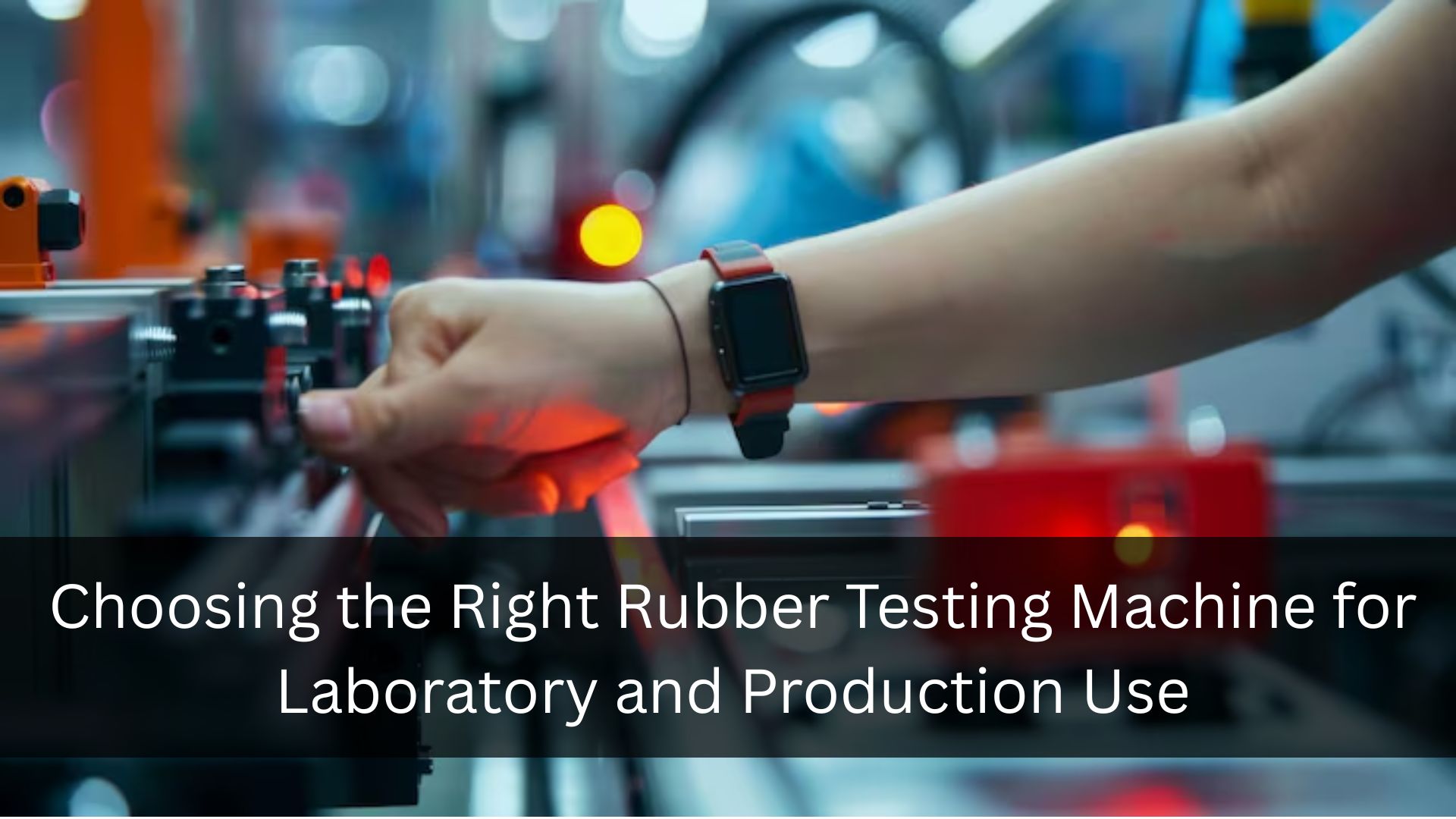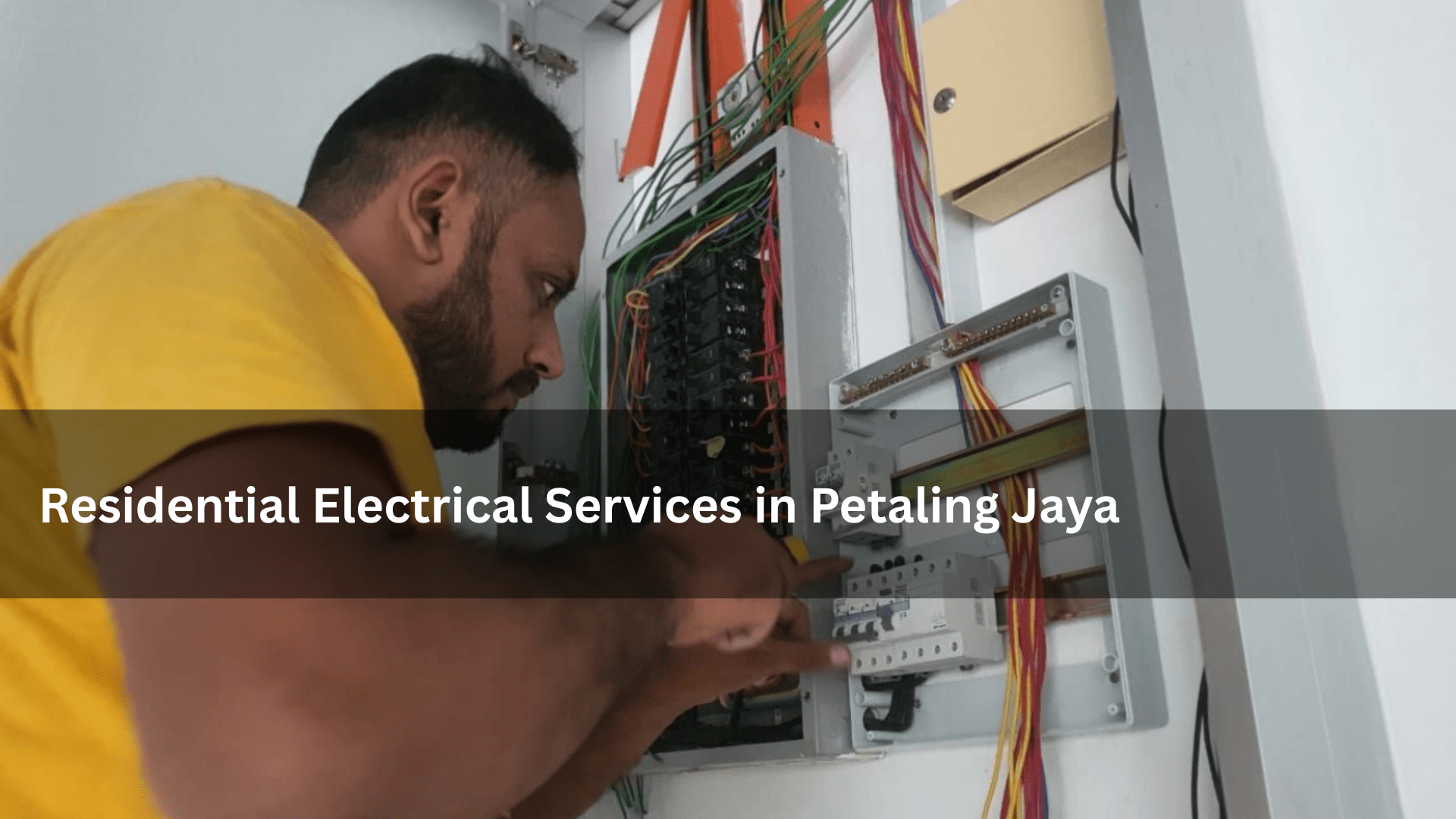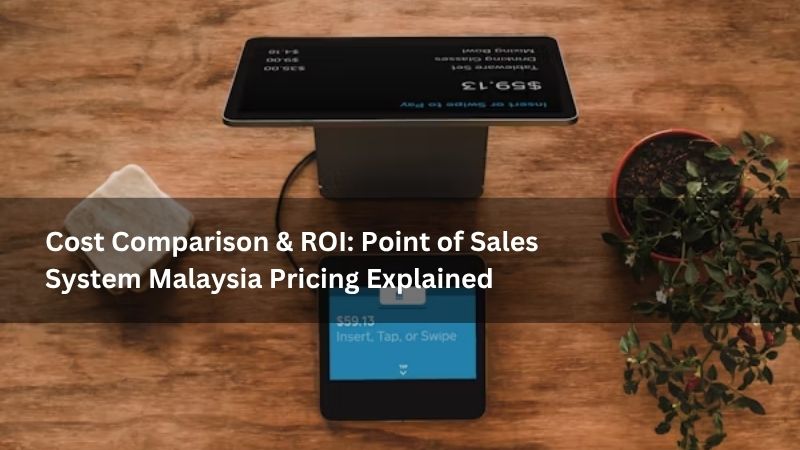Understanding the Role of a Rubber Testing Machine in Quality Assurance
Before making a selection, it’s essential to understand what a Rubber Testing Machine does and why it’s so important. These machines are designed to evaluate the physical, chemical, and mechanical properties of rubber materials. They simulate real-world conditions such as stress, pressure, temperature, and abrasion, offering data on tensile strength, elasticity, tear resistance, hardness, and aging.
In both laboratory and production settings, a Rubber Testing Machine supports:
- Product development through materials testing
- Batch-to-batch quality assurance
- Regulatory compliance and certification
- Long-term performance and durability forecasting
Choosing the right machine ensures accurate results, greater reliability, and more efficient operations.
Choosing a Rubber Testing Machine Based on Application Environment
When selecting a Rubber Testing Machine, the first consideration should be the environment in which it will be used. Laboratories and production lines have very different requirements.
In laboratory settings, the focus is on research accuracy, comprehensive data output, and test repeatability. Machines should offer advanced software, high resolution, and multi-test capabilities. Lab technicians often perform varied and complex tests, so flexibility and detail matter.
In production environments, speed, robustness, and ease of use become critical. Machines need to withstand heavy usage and deliver quick, reliable readings. Many production-based Rubber Testing Machines are integrated into the workflow for real-time quality checks with minimal operator intervention.
Selecting a system that matches your operational priorities ensures better outcomes and longer equipment life.
Tensile and Compression Rubber Testing Machine Selection
One of the most fundamental tests for rubber is tensile and compression testing. A Rubber Testing Machine designed for this purpose evaluates the material’s strength and deformation characteristics by stretching or compressing it until failure.
For laboratory use, choose a universal testing machine (UTM) with:
- High precision load cells
- Adjustable crosshead speeds
- Digital extensometers
- Detailed graphing software
For production use, opt for a more automated version that can test standard samples quickly. Look for touch-screen interfaces, automatic sample grips, and pre-programmed test protocols to streamline workflow.
Whether in R&D or production, tensile testing ensures the rubber can perform as expected under mechanical stress.
Hardness Testing Rubber Testing Machine Considerations
Hardness is a key property in determining the load-bearing and wear characteristics of rubber. A Rubber Testing Machine for hardness testing typically uses a Shore durometer (A, D, or other scales based on material hardness).
For laboratory use, choose a machine with:
- Multiple Shore scale capability
- Motorized operation for consistent pressure
- Digital display for data recording
- Integration with data analysis software
For production use, simplicity and repeatability are key. A portable digital Shore hardness tester or a benchtop unit with minimal setup requirements is ideal. Some systems even have automatic loading arms to reduce human error.
Matching the right hardness tester to your workflow ensures consistent quality throughout the production process.
Abrasion and Wear Testing Rubber Testing Machine Selection
If your rubber product is exposed to friction or contact surfaces—like tires, belts, or footwear soles—abrasion resistance testing is essential. A Rubber Testing Machine for abrasion testing helps determine how much material is lost due to surface wear.
For laboratories, opt for a precision instrument with:
- Adjustable test loads
- Variable rotation speed
- Advanced wear tracking software
- Real-time measurement feedback
In production, simpler machines such as rotary drum abrasion testers are used for batch checks. They may not provide in-depth analytics, but they ensure rapid defect detection.
This type of testing helps predict real-world wear and optimize formulations for longer-lasting performance.
Aging and Thermal Resistance Rubber Testing Machine Features
Rubber products used in high-temperature environments must be evaluated for thermal stability and aging behavior. A Rubber Testing Machine for aging tests typically uses a controlled oven or environmental chamber.
Laboratory environments benefit from aging ovens with:
- Programmable temperature ranges
- Ozone exposure simulation
- Humidity and UV light options
- Multi-sample capacity for comparison testing
Production settings typically require simpler thermal aging chambers with preset cycles and visual alerts for completion. These can be integrated into batch QC processes to test representative samples.
This type of machine helps forecast long-term product durability and ensures materials can withstand operating conditions.
Tear, Puncture, and Flex Testing with a Rubber Testing Machine
For rubber products subjected to repeated motion or potential tearing, specialized testing is critical. A Rubber Testing Machine for flex or tear testing simulates these stresses and helps identify failure points.
In laboratories, flex testers and tear resistance machines should include:
- Adjustable test cycles
- Custom sample fixtures
- Crack detection sensors
- Statistical analysis for failure points
In production, the focus is on repeatability and simplicity. Machines with auto-start features and built-in tolerance alerts help operators quickly identify substandard materials.
Choosing the correct tester ensures product longevity and performance in dynamic environments like automotive systems or wearable devices.
Rheological Testing with a Rubber Testing Machine for Compound Analysis
Understanding how rubber behaves in its uncured state is essential for compound development. A Rubber Testing Machine like a Mooney viscometer or moving die rheometer measures flow properties, cure rate, and viscosity.
Laboratory R&D departments require high-precision equipment that includes:
- Torque sensors
- Temperature control systems
- Scorch and cure time calculation
- Integration with formulation software
In production, simplified rheometers with fast analysis cycles ensure consistency across batches without delaying output.
These machines help refine rubber mixing, reduce waste, and improve curing consistency on the factory floor.
Automation and Software Integration in a Modern Rubber Testing Machine
Modern Rubber Testing Machines come equipped with automation features and software integration that make testing faster, easier, and more accurate.
For laboratories, data management is key. Look for machines that offer:
- Cloud-based storage
- Advanced analytics
- Test standard libraries (ASTM, ISO)
- Custom test programming
In production, focus on:
- Automation of loading and testing
- Barcode or RFID sample tracking
- Real-time alerts for out-of-spec results
- Integration with ERP and QA systems
Automation increases throughput, reduces human error, and ensures traceability for audits or certification processes.
Maintenance and Calibration Considerations for a Rubber Testing Machine
To keep a Rubber Testing Machine running at peak performance, regular maintenance and calibration are essential. Before choosing a model, check for:
- Local service support availability
- Calibration frequency and cost
- User-friendly design for easy part replacement
- Software updates and long-term vendor support
Well-maintained equipment delivers consistent results and extends the life of your investment, whether in a high-use production environment or a precision-focused laboratory.
Conclusion: Selecting the Best Rubber Testing Machine for Your Needs
Choosing the right Rubber Testing Machine is not a one-size-fits-all decision. It depends on the environment, the type of rubber product, the level of accuracy required, and the speed of your operations.
Laboratories benefit from advanced machines with deep analytical capabilities, while production environments demand quick, reliable systems that support high output. Regardless of setting, the right equipment helps ensure product durability, compliance, and customer satisfaction.
By carefully considering your testing goals and operational needs, you can invest in a Rubber Testing Machine that supports your quality assurance strategy today—and scales with your business tomorrow.









